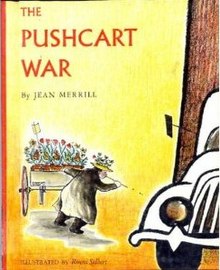
A truck or lorry is a motor vehicle designed to transport freight, carry specialized payloads, or perform other utilitarian work. Trucks vary greatly in size, power, and configuration, but the vast majority feature body-on-frame construction, with a cabin that is independent of the payload portion of the vehicle. Smaller varieties may be mechanically similar to some automobiles. Commercial trucks can be very large and powerful and may be configured to be mounted with specialized equipment, such as in the case of refuse trucks, fire trucks, concrete mixers, and suction excavators. In American English, a commercial vehicle without a trailer or other articulation is formally a "straight truck" while one designed specifically to pull a trailer is not a truck but a "tractor".
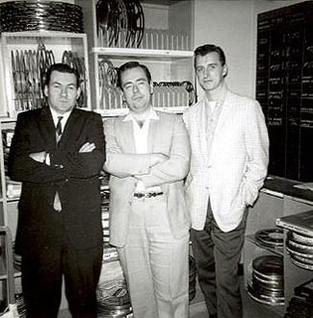
Ron Haydock was an American actor, screenwriter, novelist and rock musician.

Caroline Stevermer is an American writer of young adult fantasy novels and shorter works. She is best known for historical fantasy novels.

Hans-Christoph Seebohm was a German politician of the national conservative German Party and after 1960 the Christian Democratic Union (CDU). He was the minister of Transport for 17 years and the vice-chancellor of West Germany in 1966.
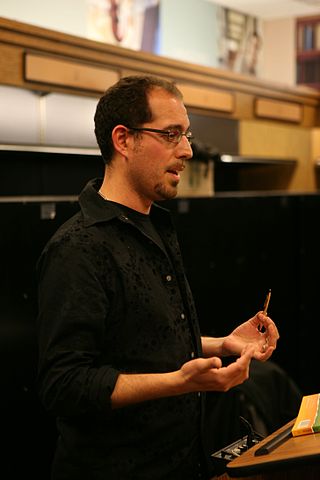
Jonathan "Jon" Papernick is a Canadian-born American short story writer, novelist and storyteller.

(Helen) Diane Glancy is an American poet, author, and playwright.
Julie Orringer is an American novelist, short story writer, and professor. She attended Cornell University and the Iowa Writer's Workshop, and was a Stegner Fellow at Stanford University. She was born in Miami, Florida and now lives in Brooklyn with her husband, fellow writer Ryan Harty. She is the author of The Invisible Bridge, a New York Times bestseller, and How to Breathe Underwater, a collection of stories; her novel, The Flight Portfolio, tells the story of Varian Fry, the New York journalist who went to Marseille in 1940 to save writers and artists blacklisted by the Gestapo. The novel inspired the Netflix series Transatlantic.
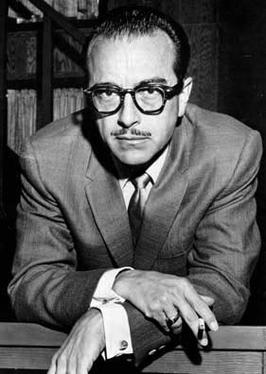
Richard Scott Prather was an American mystery novelist, best known for creating the "Shell Scott" series. He also wrote under the pseudonyms David Knight and Douglas Ring.

Jean Merrill was an American writer of children's books and editor, known best for The Pushcart War, a novel published in 1964. She died from cancer at her home in Randolph, Vermont, in 2012, aged 89.
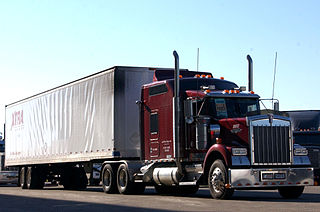
The trucking industry serves the American economy by transporting large quantities of raw materials, works in process, and finished goods over land—typically from manufacturing plants to retail distribution centers. Trucks are also used in the construction industry, two of which require dump trucks and portable concrete mixers to move the large amounts of rocks, dirt, concrete, and other building materials used in construction. Trucks in America are responsible for the majority of freight movement over land and are tools in the manufacturing, transportation, and warehousing industries.
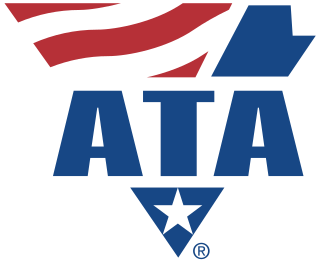
The American Trucking Associations (ATA), founded in 1933, is the largest national trade association for the trucking industry. ATA represents more than 37,000 members covering every type of motor carrier in the United States through a federation of other trucking groups, industry-related conferences, and its 50 affiliated state trucking associations. Former Governor of Kansas Bill Graves was replaced by Chris Spear as the ATA's president and CEO in July 2016.
Cornelia Nixon is an American novelist, short-story writer, and teacher. She has lived much of her mature life in the San Francisco Bay area.

The trucking industry in the United States has affected the political and economic history of the United States in the 20th century. Before the invention of automobiles, most freight was moved by train or horse-drawn vehicle.

Weston Ochse was an American author and educator. He has won the Bram Stoker Award for Best First Novel and been nominated for the Pushcart Prize for his short fiction. His novel SEAL Team 666 is currently being shopped by Seven Bucks Productions. Dwayne Johnson has attached himself to the film to executive produce as well as act in a leading role.

Go the Fuck to Sleep is a satirical book written by American author Adam Mansbach and illustrated by Ricardo Cortés. Described as a "children's book for adults", it reached No. 1 on Amazon.com's bestseller list a month before its release, thanks to an unintended viral marketing campaign during which booksellers forwarded PDF copies of the book by e-mail.

Stemco is a Longview, Texas, based company that manufactures and distributes products for the global commercial vehicle market. Its major product categories include wheel end products, brake products, intelligent transportation systems and suspension components.
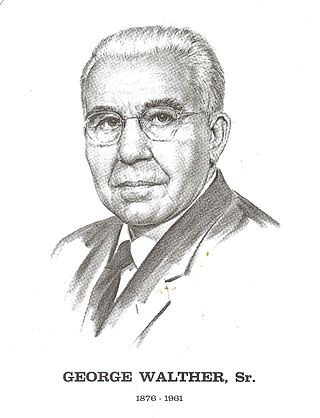
George Walther Sr. was an American inventor, engineer, businessman, civic leader and the holder of over 100 patents for truck wheels, brake drums, fifth wheels, and landing gear/legs for the trucking industry. He was the founder of the Dayton Steel Foundry.

Adam Mansbach is an American author. He has previously been a visiting professor of literature at Rutgers University-Camden, with their New Voices Visiting Writers program (2009–2011).

Essex Market is a food market with independent vendors at the intersection of Essex Street and Delancey Street in the Lower East Side of Manhattan, New York City. The market is known for its many local shops, including grocery stores, bakeries, butchers, seafood shops, coffee vendors, cheese shops, and spice shops. There are small restaurants that serve meals in the market, including Shopsin's. The LES Girls Club and Cuchifritos Gallery + Project Space are also included in the market.
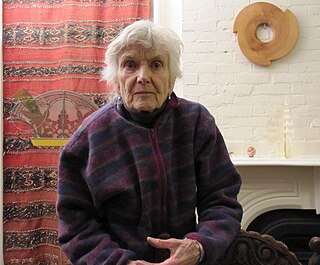
Romaine Gustave Solbert was an American artist, photographer, and author, known primarily as an illustrator of books, including The Pushcart War and more than a dozen other titles written by her partner Jean Merrill.
